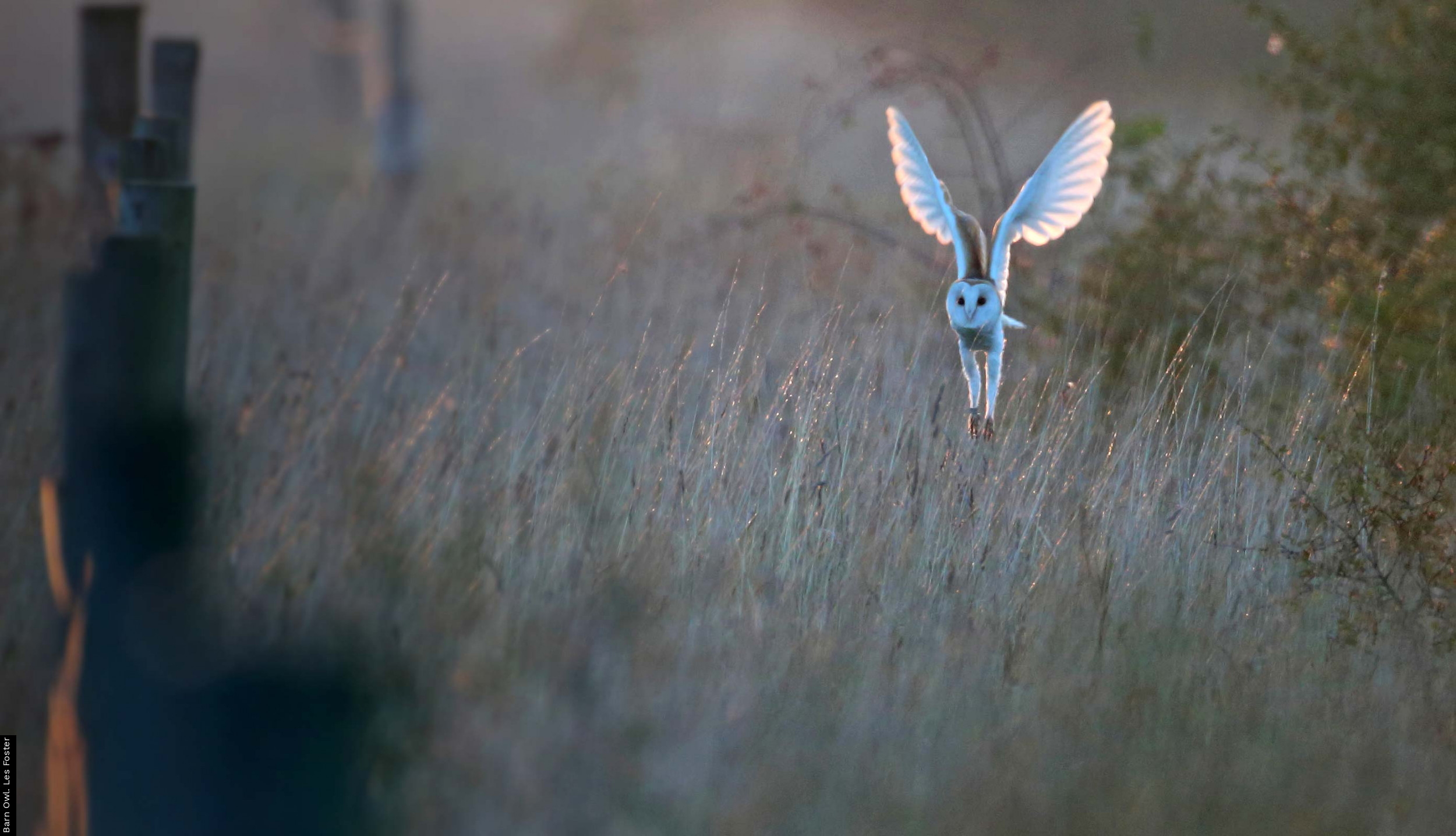Procellariformes - Shearwaters and Petrels
Petrels are birds of the ocean, coming ashore only to breed. They all have large tubular nostrils on the top of their bill, giving rise to the alternative name of 'tubenoses' - they have a good sense of smell, which is unusual amongst birds. Most are long-lived and they generally pair for life, nesting in large colonies. All lay a single, large, white egg, usually in a burrow (or for a few species on a cliff ledge). They are found throughout the world's oceans and their long, stiff wings are adapted to expoliting the air currents over the seas surface, with the larger species being able effortlessly glide for hours. The larger albatrosses belong to small closely related family (the Diomedeidae) as do the smaller Storm Petrels (Hydrobatidae), so-named because of their habit of sheltering from storms in the lee of ships.
Probably the most well known petrel in Britian is the Fulmar a white gull-like bird, it has spread round the cliffs of Britain in the last 150 years. The Manx Shearwater (of which Briatin and Ireland host most of the world's population) and Storm Petrel are both nocturnal around land, mostly breeding on islands around the west coast of Scotland and Ireland, where their eerie calls lead to a widepsread belief that trolls were present. The others are usually seen when autumn storms bring them close to land.
Regularly Occurring Species
Fulmar
Cory's Shearwater
Great Shearwater
Sooty Shearwater
Manx Shearwater
Balearic Shearwater
Storm Petrel
Leach's Storm Petrel
Swinhoe's Storm Petrel
Occasional Visitors
Black-browed Albatross
Yellow-nosed Albatross
Scopoli's Shearwater
Fea's Petrel
Zino's Petrel
Capped Petrel
Bulwer's Petrel
Macaronesian Shearwater
Wilson's Storm Petrel
White-faced Storm Petrel
Madeiran Storm Petrel






Share this page